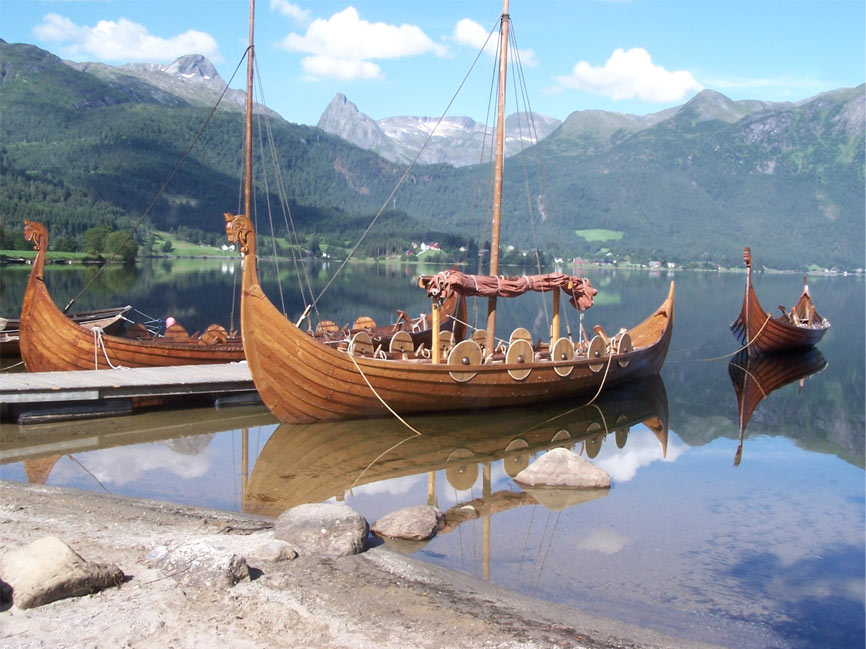Trade, culture, and exploration are among the list of items to cross the globe for centuries now. But what helped facilitate this list? The answer is wooden sailboats.
 As an effort to safeguard its cultural significance, Denmark, Finland, Iceland, Norway, and Sweden pushed for the United Nations Educational, Scientific, and Cultural Organization (UNESCO) to add “clinker boats” to its list of traditions that represent the Intangible Cultural Heritage of Humanity. The nomination was successful, and the UN’s cultural agency has since added it.
As an effort to safeguard its cultural significance, Denmark, Finland, Iceland, Norway, and Sweden pushed for the United Nations Educational, Scientific, and Cultural Organization (UNESCO) to add “clinker boats” to its list of traditions that represent the Intangible Cultural Heritage of Humanity. The nomination was successful, and the UN’s cultural agency has since added it.
The term “clinker” describes the method in which the boat’s wooden boards were fastened together. In clinker boats, thin boards are overlapped at the edges and secured together with metal rivets or rope. Constructing it as such makes the shell of the boat stronger and more flexible, but also keeps the weight of the boat relatively light.
The hope of the nomination is to preserve and protect the boat-building techniques that were fueled from the Viking era. Søren Nielsen, head of boatyard at the Viking Ship Museum in Roskilde, Denmark, stated, “We can see that the skills of building them, the skills of sailing the boats, the knowledge of people who are sailing … it goes down and it disappears.” Therefore, the successful nomination is incredibly important for current and future artisans.
It is no question that the Viking era added to the momentum of the clinker boats’ existence. Likewise, the Viking age would not have been possible without clinker boats. The conquesting, colonizing, and trading of the Vikings all took place on wooden ships. “It just literally made it possible for them to expand that kind of horizon to become a more global people,” said Nielsen.
Although clinker boats remain to this day, they are not used for the purpose for which they were built. Instead, they are used by festivals, museums, or even sporting events. Nonetheless, their rich culture will live on due to the successful nomination to the UNESCO list.
